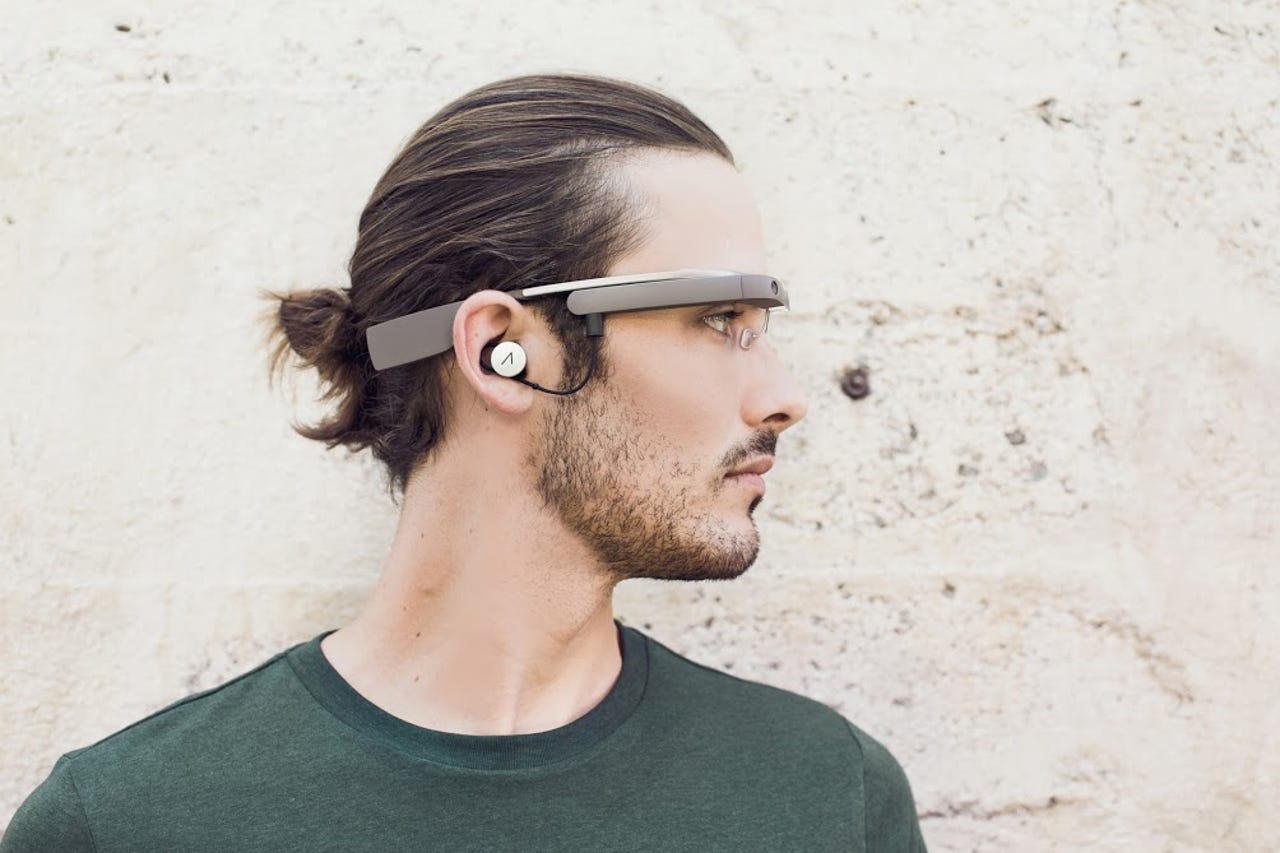Are smart glasses about to make a comeback?

Google stopped selling its controversial Glass headset in 2015.
Smart glasses, the butt of numerous jokes, could be about to make a comeback -- of sorts.
Juniper Research said that smart glasses are likely to be the fastest-growing sector of the consumer wearables segment over the next five years, reaching 11 percent of the overall wearables market by 2021.
It forecasts revenues to grow from $327 million this year, to $9 billion in 2021 as the new generation of smart glasses emerges -- $9bn may sound like a lot, but the smartphone market is worth around $400bn a year.
According to the analysts, the dominant wearables categories -- smartwatches and fitness bands -- have begun to slow and will account for just over 50 percent of wearables revenue by 2021, significantly down from the 75 percent share they currently hold.
The best-known attempt at smart glasses was Google Glass -- a $1,500 prototype with a built-in camera. Response to the headset was largely hostile: owners were called 'Glassholes' and the devices raised issues about privacy and security. Google stopped selling Glass in 2015.
However, the next generation of smart glasses may avoid the same fate. For example, Snap has been generating significant interest with its new $129 Snap Spectacles -- sunglasses with a build-in video camera. And augmented reality may play a part in the rise of the second wave of headsets: Microsoft's HoloLens, for example, contains some impressive technology, but is still at an early stage. Samsung has also shown off smart sunglasses that can stream content from a smartphone or PC.
Juniper Research said that smart glasses are being repositioned away from their technological roots to appear more like conventional glasses; new products from ODG and GlassUP look more like large sunglasses. "This will help to remove the stigma of wearing smart glasses in public, as will the renewed focus on private use cases," said the analyst firm.
In addition, new ear-based wearables, or 'hearables', will bring more possibilities. These devices are becoming platforms for digital assistants such as Alexa and Siri, said Juniper.
The second biggest area of growth will be healthcare wearables, according to Juniper, producing a $7 billion increase in annual revenues between 2017-2021. But making the data generated by these devices useful to doctors remains a challenge.
"Wearable biometric data alone isn't immediately helpful," said research author James Moar. "The key task for wearable healthcare now is to make the data meaningful to healthcare professionals. This means better algorithms to process the data, and new user interfaces to contextualise it."
